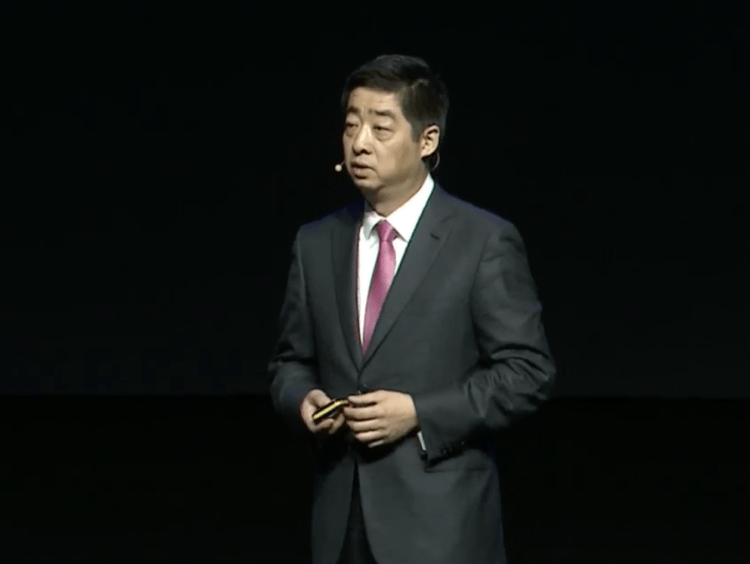With fifth-generation (5G) mobile networks, Chinese telecommunications and consumer electronics company Huawei sees a future where “everything will go online and stay online by default.”
This includes smart connected devices that interact with users and the environment.
“It can understand us better and know what we want,” said Huawei’s Rotating Chairman Ken Hu in his keynote speech at the opening of the Global Mobile Broadband Forum in London on Tuesday.
#HWMBBF is live in London. https://t.co/Blh7JtNwcF
— Huawei Technologies (@Huawei) November 20, 2018
Right now, he said most devices are still not online, and most of them are not connected with each other.
“As a consumer, we almost always have to actively connect the home appliances and devices. And when you turn off the TV it goes offline,” he added.
With the start of commercial deployment of 5G in countries like UK, Korea, and the Middle East, it may not be the case anymore for long, according to Hu.
“With 5G, online will be the default. Actually, the big trend is everything stays online. In the future, I believe it will be very difficult not to be online,” he said.
The device of the future
Hu cited that its flagship Mate 20, with the support from the cloud, is already more than just a traditional smartphone. It has 10 sensors and AI chipsets, making it much more powerful than computers in the market that can be used as a workstation, render graphics on the go, and use it for high-end PC-quality gaming.
The device of the future, however, will be redefined by 5G and there will be many new form factors.
“We can expect many disruptions to the existing electronic devices,” said Hu. “The hardware and software of the future device will be more structured therefore we can easily add functionality to anything like connectivity, sight, touch, hearing, perception and even cognition.”
5G succeeds the 4G, 3G and 2G systems and, with high data rate and reduced latency targets massive device connectivity.
Hu announced at the forum that there are 154 carriers actively testing the 5G technologies in 66 countries, including the field tests. Huawei itself has shipped the first 10,000 5G base stations to Europe, the Middle East, and Korea.
By 2025, GSMA projects that 5G network deployment will be successful in 110 markets, according to Hu.
The cloud connection
“The next step is going cloud,” the Huawei executive said. “With 5G there will be real-time sensor speed between the device and cloud. No lag at all; therefore, the response time of computing and storage will be the same for both of them.”
This will be significant as it will allow companies like Huawei to get the computing power area where they are needed, develop the AI chipset that will deliver functionalities at different levels — from the device to the network and the cloud.
With this, Hu said going cloud “will be a big change for us and it will be an important model to develop new models and applications.”
The challenge: spectrum allocation
The Huawei chairman, however, sees a significant challenge to the 5G rollout: carriers’ lack of spectrum resource.
“From our observation, globally, the cost of such resource accounts for 60 to 80 percent of the cost of the total network. Availability is very limited,” he said. “We hope that government can harmonize and release more spectrum resource for 5G deployment, particularly in the continuous band.”



